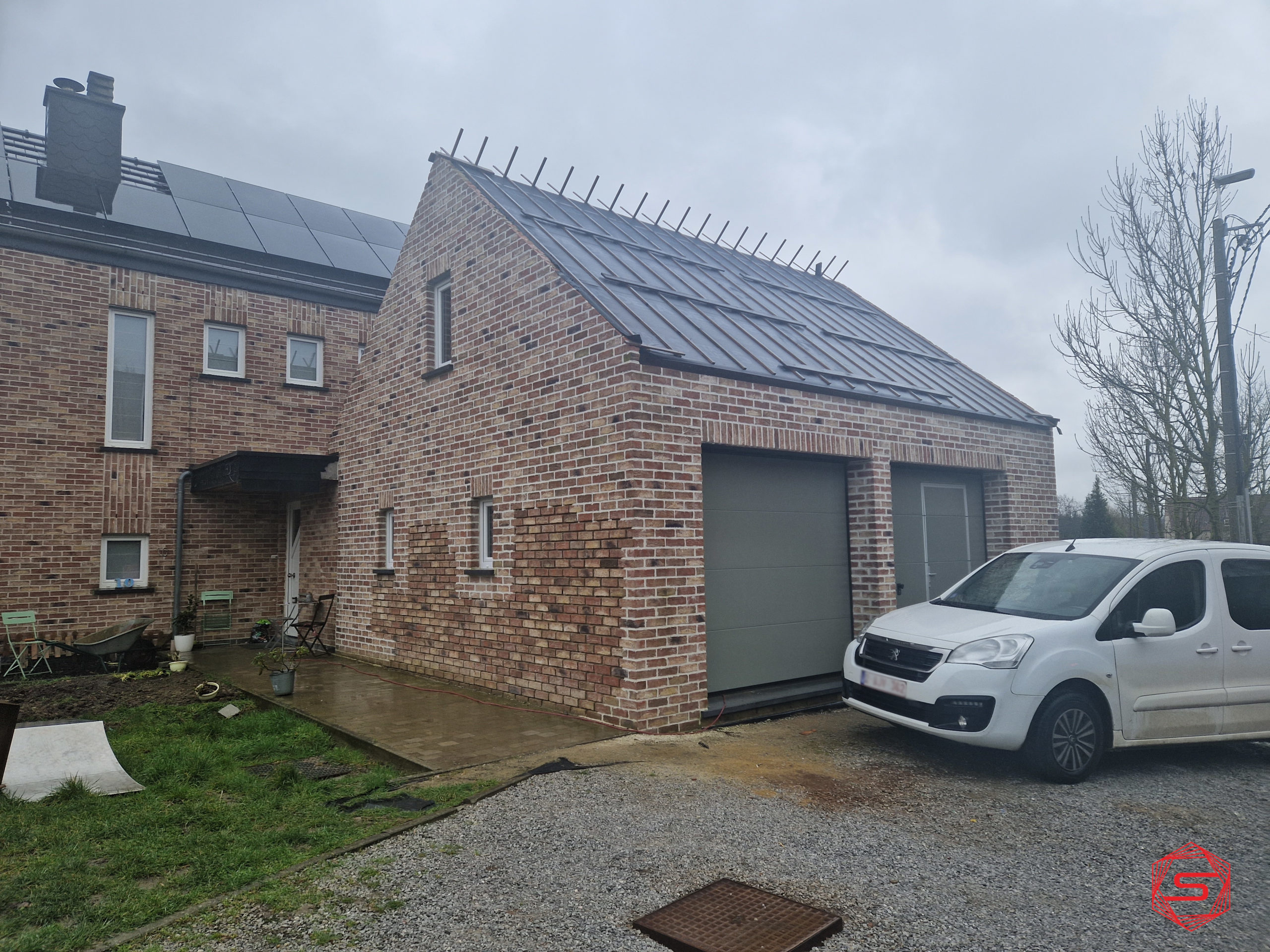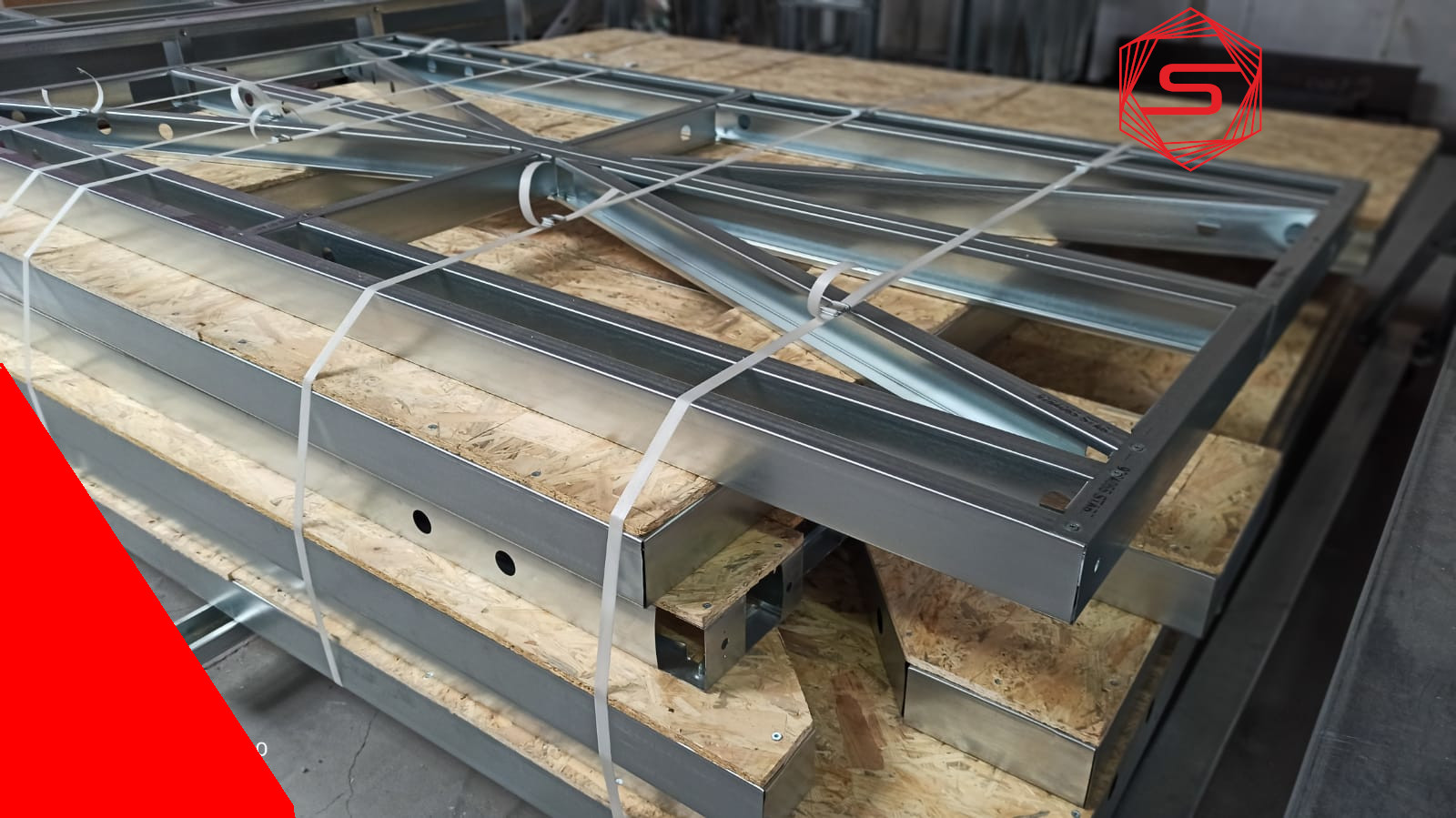Prefabrication: Recipe for easier house construction.
Prefabrication has long been touted as the answer to faster, smarter and safer construction. Prefabrication is quietly changing the way engineering and construction works. Businesses and consumers are beginning to see how this shift in construction is streamlining their operations and providing an edge on the modern construction site.
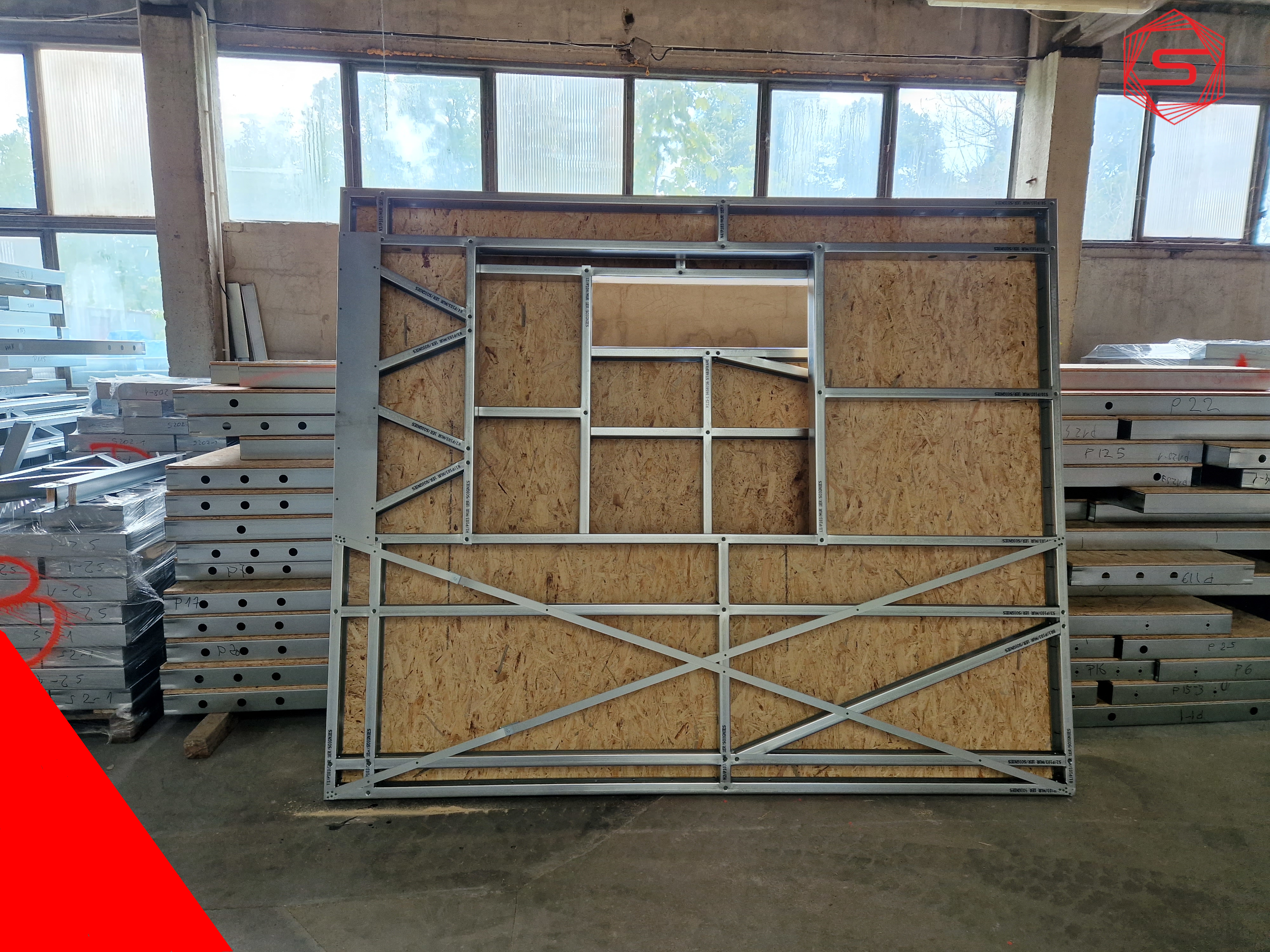
Why prefabrication?
Prefabrication is one of the most cost-effective ways to conserve construction resources, reduce waste and construct buildings to specific parameters with tight tolerances and tight deadlines. However, prefabrication requires a design-based methodology that requires more input at the beginning of the project. Using this approach, higher-quality buildings can be erected in less time and at lower cost than traditional construction methods.

This is confirmed by construction using light steel frames. With the right software and machinery, buildings can be manufactured to precise specifications and quickly and easily prefabricated and erected using low-skilled labour. In addition, the process can be supplemented with subsequent stages already at the level of prefabrication. The walls can be supplemented with panels, insulation, windows, electrical wires, plumbing and even sockets.
Thanks to prefabrication, we are able to control the quality of the manufactured structures more, because all elements are produced in uniform conditions. Precise, machine-made production of walls and roofs of houses or other buildings eliminates possible quality problems, and any problems can be detected during the production process and eliminated before delivery to the construction site.
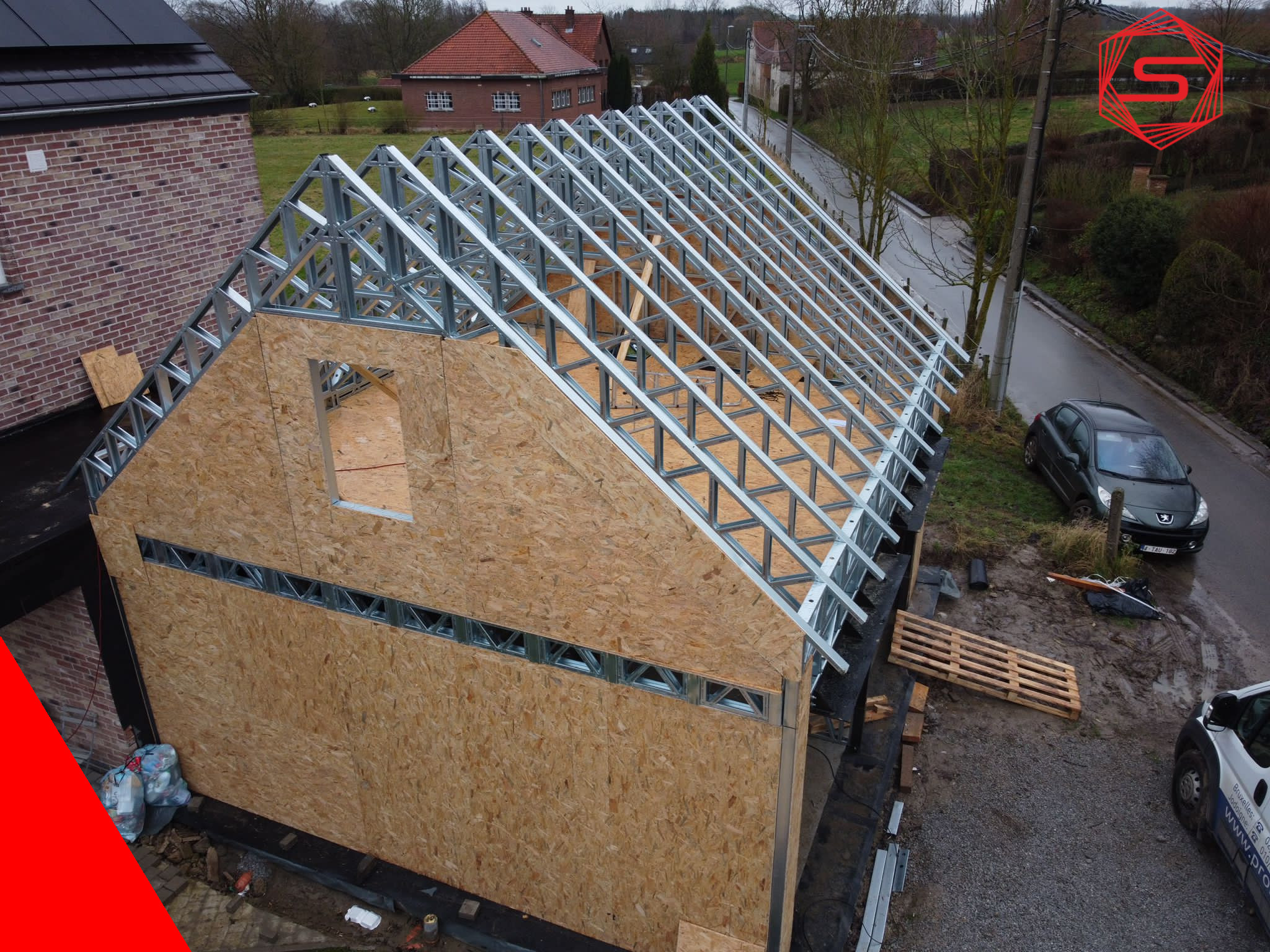
The role of prefabrication in the future?
Advances in technology and materials mean that prefabrication is now more cost effective and attractive than in the past. Thanks to highly advanced software and advanced manufacturing equipment, it is estimated that the assembly of light steel frames is 50% faster than traditional construction methods. The lightweight steel frame also produces less waste as it can be prefabricated to exact dimensions.
The growing need to conserve resources and reduce waste is making prefabrication the dominant method of building the future today.
